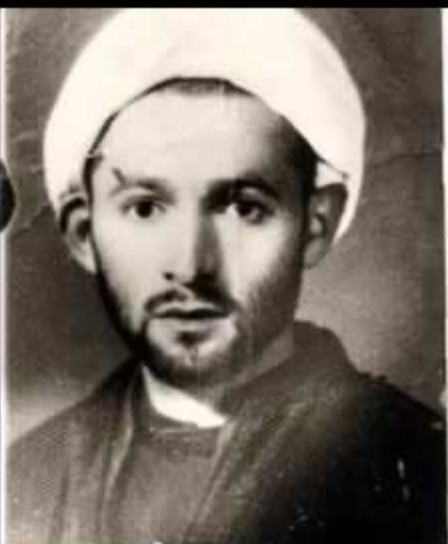René Guénon (1886-1951) was as I mentioned recently perhaps the most prominent #traditionalist of the 20thC - a thread on him 1/ 

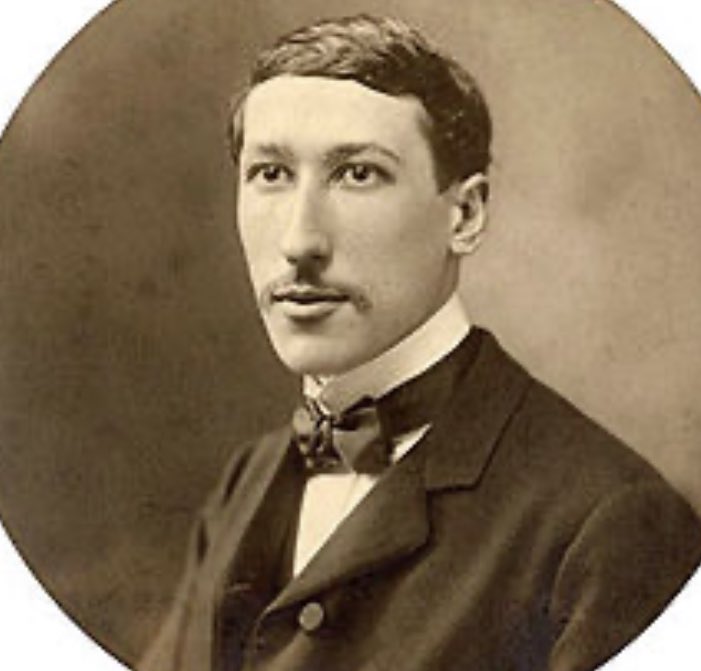

Starting from his interests in #traditionalist Catholic circles, #Freemasonry, #occultism he studied mathematics and philosophy and later #Indology at the #EPHE in #Paris 2/
He got a BA in philosophy 1915 from #EPHE but failed his aggrégation 1919 though he still managed to get a job at Catholic schools, his doctorate was also rejected 1921 #EPHE 3/
He became acquainted early on with forms of anti-modernism and mystical orders which considered the modern world as fallen and constituting a dark end of times - #kaliyuga - whose only redemption lay in sacred science and understanding the #metaphysics of the world 4/
To this end he joined the #Martinist order led by Gérard Encausse known as #Papus (1865-1916) occult-world.com/martinism/ and later the #GnosticChurch established by Jules Doinel (1842-1903) apostolicgnosis.org/history.html 5/ 







His association with #traditionalist Catholics was signalled by some teaching on #Hinduism at #InstitutCatholique from 1916 en.icp.fr but by the mid-1920s the relation was straining; he seems to have joined the #Shadhili Sufi order in 1910 already 6/
He also began to write, editing the journal La gnose from 1909 - here is the first volume issuu.com/sergebencheikh… probably til 1922 and he wrote for La voile d’Isis (founded by Papus in 1890) from 1935 became #ÉtudesTraditionelles later edited by Michel Valsan (1911-1974) 7/ 




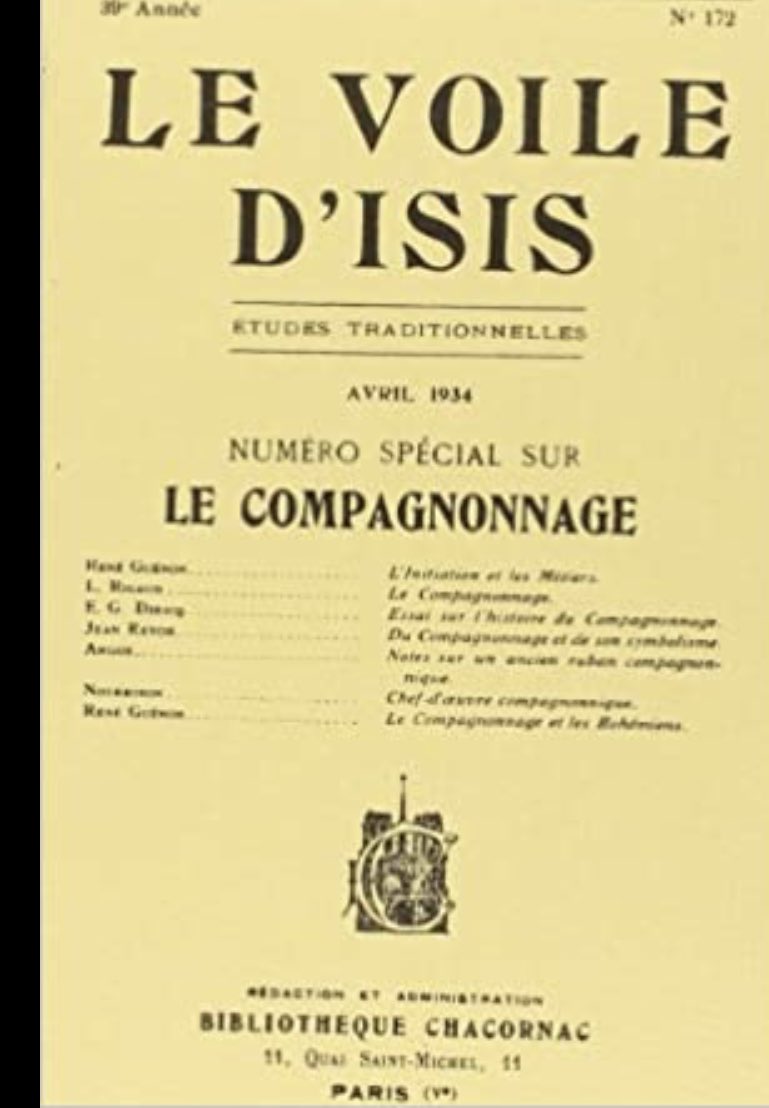
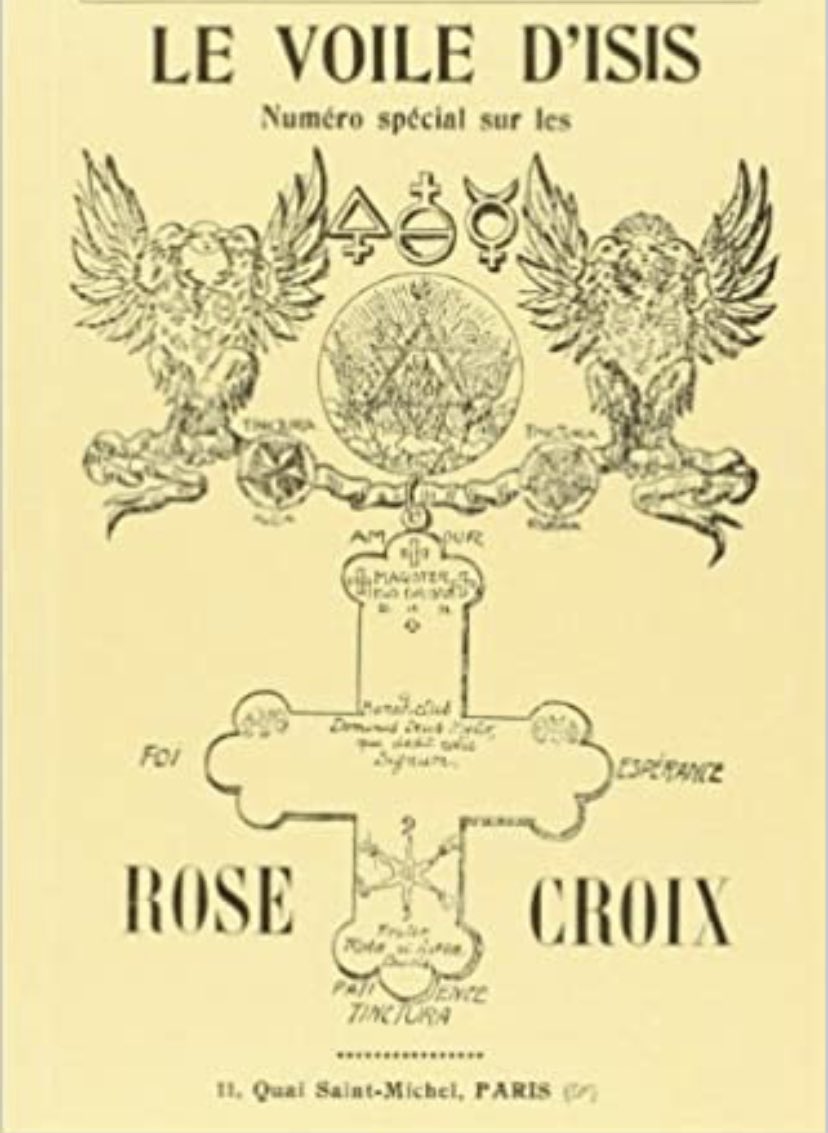
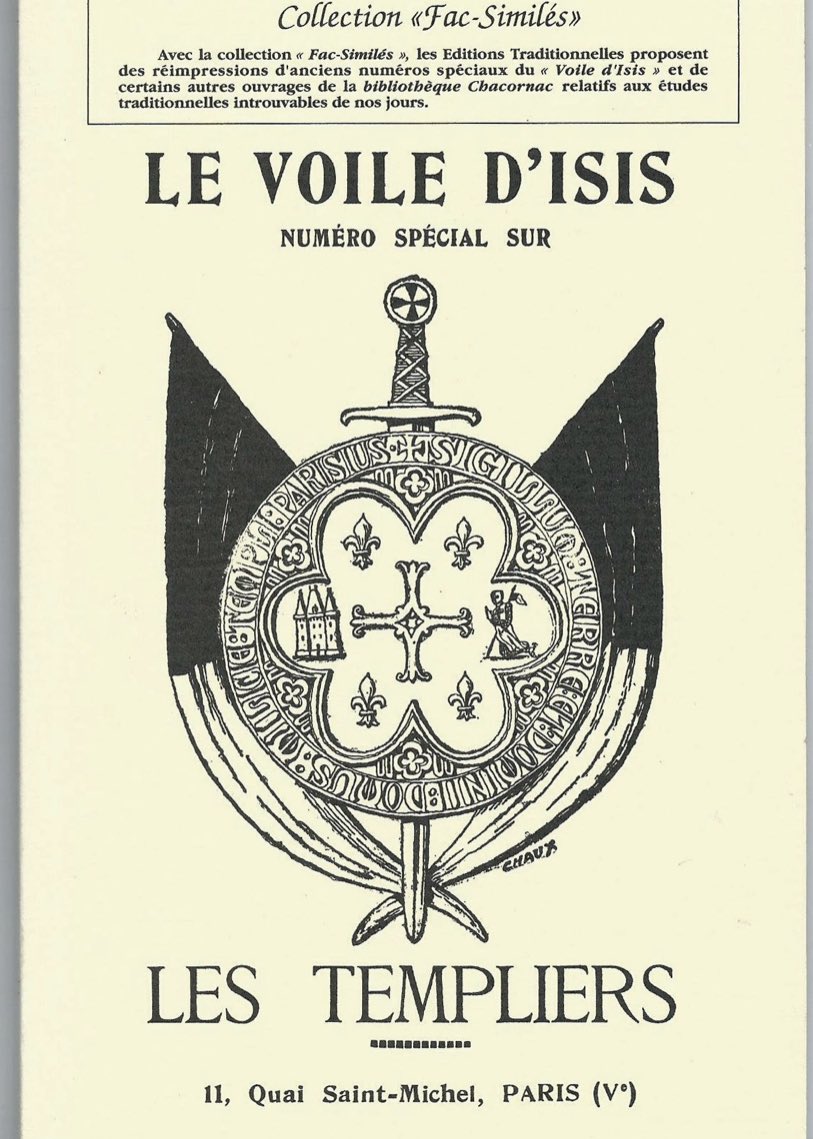
His first book was result of his rejected dissertation #EPHE L’introduction générale à l’étude des doctrines hindoues 1921 then L’homme et son devenir selon le Vedanta 1925 signaled his #orientalist interest defining #Hinduism as #Vedanta - metaphysical tradition and monism 8/ 


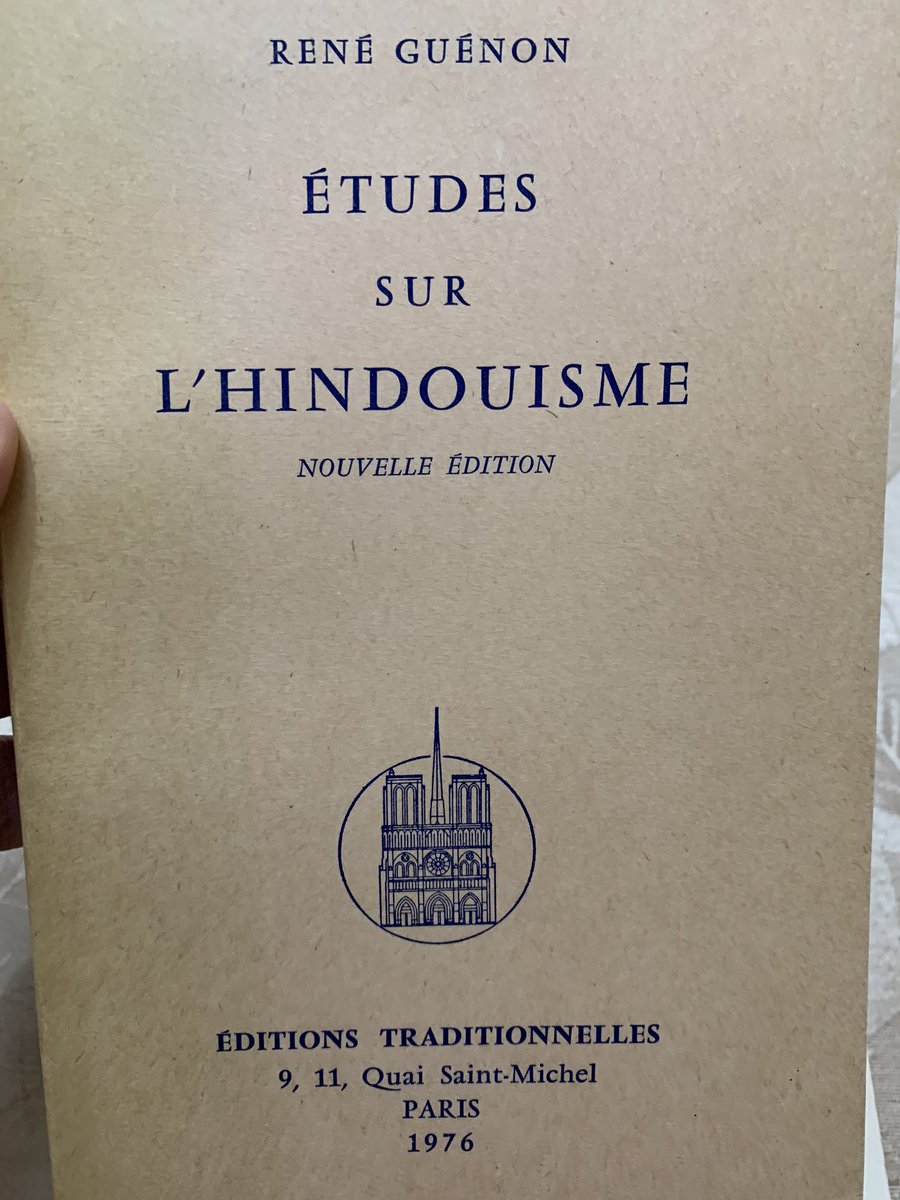
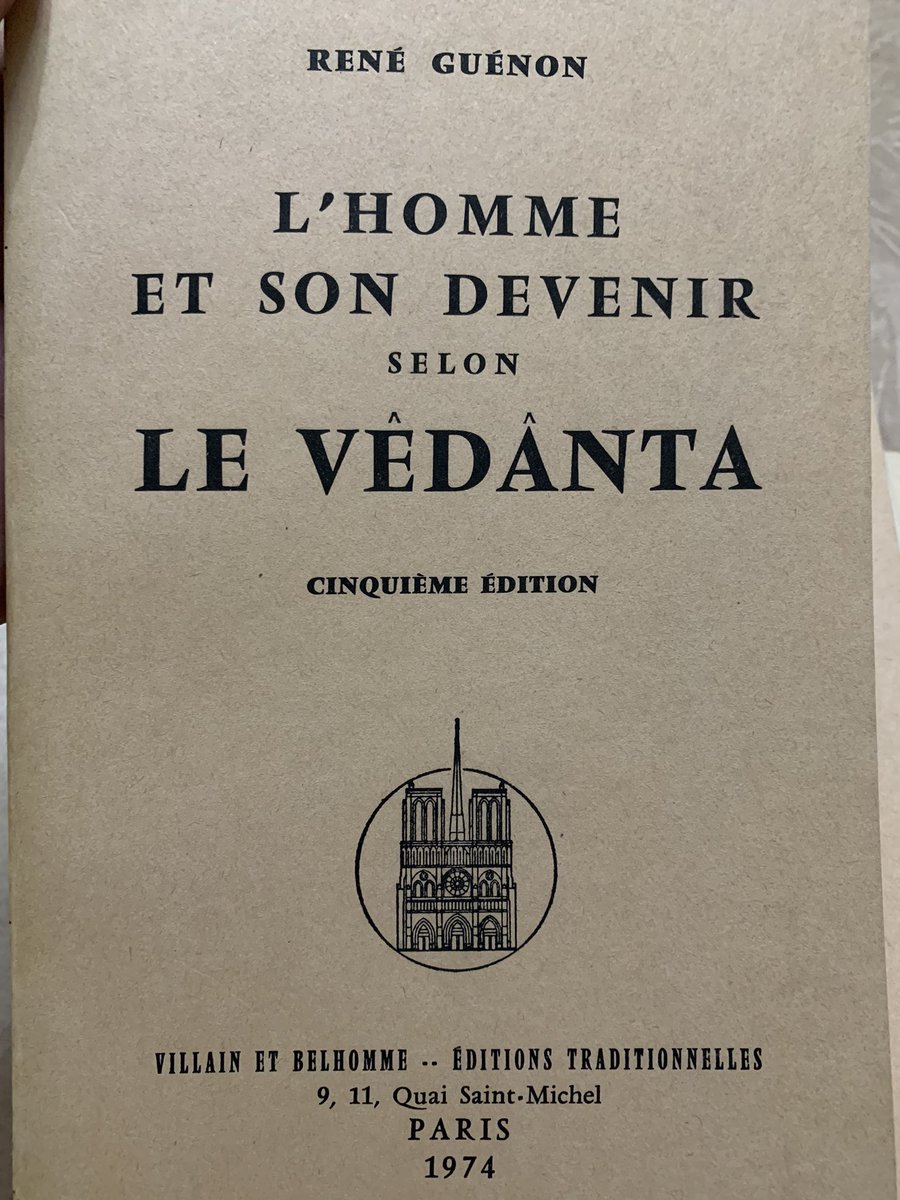
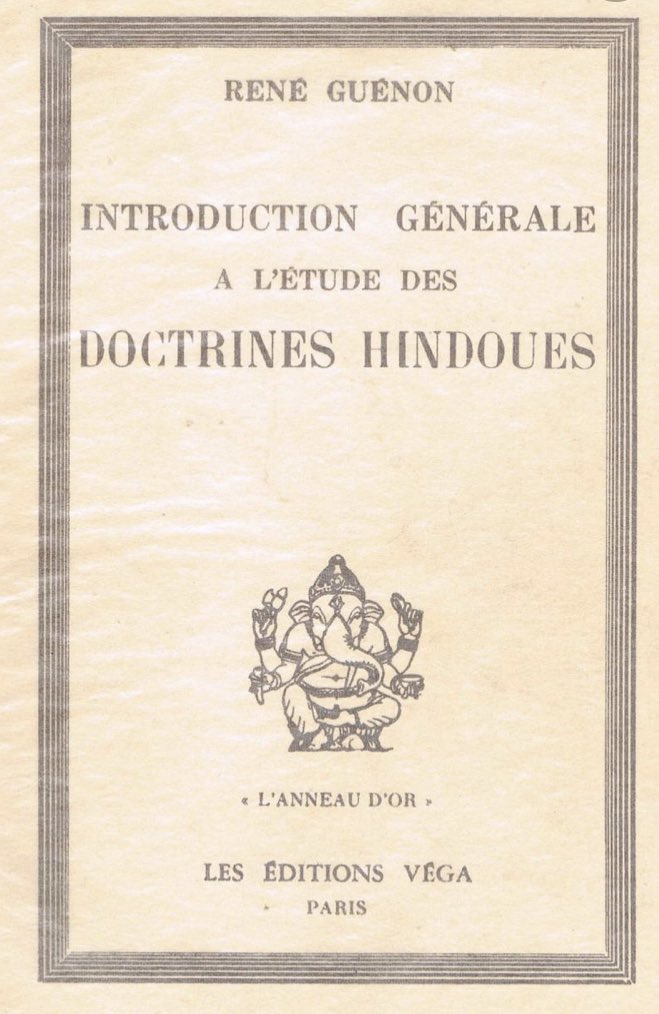
The second set of works came from his experience in occultist circles, encouraged by his #traditionalist Catholic friends including Jacques Maritain (1882-1973) he critiqued #Theosophy in La Théosophisme histoire d’une pséudo-religion 1921 and L’erreur spirite 1923 9/ 


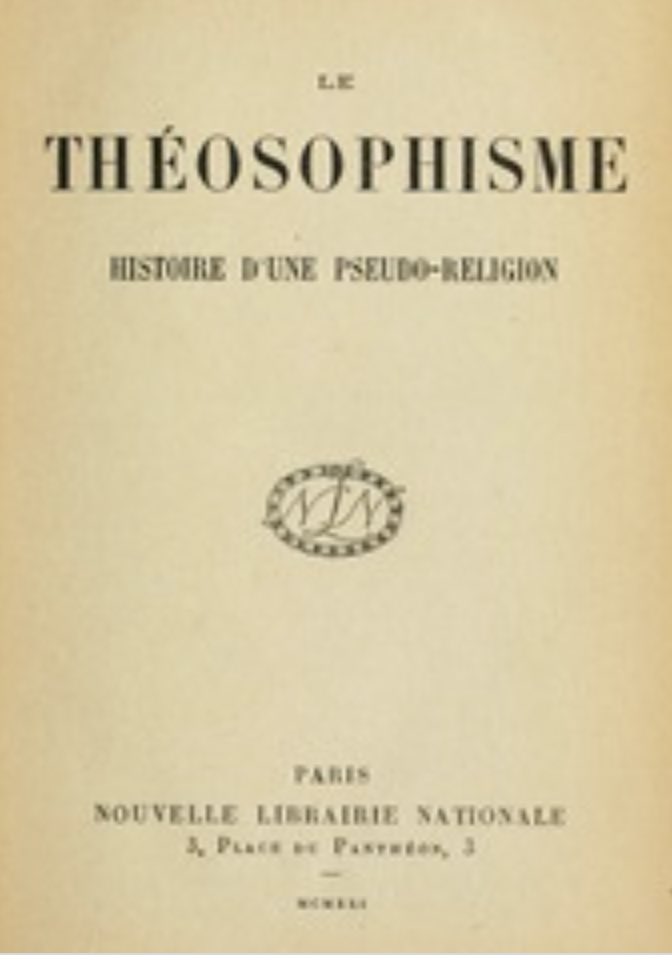
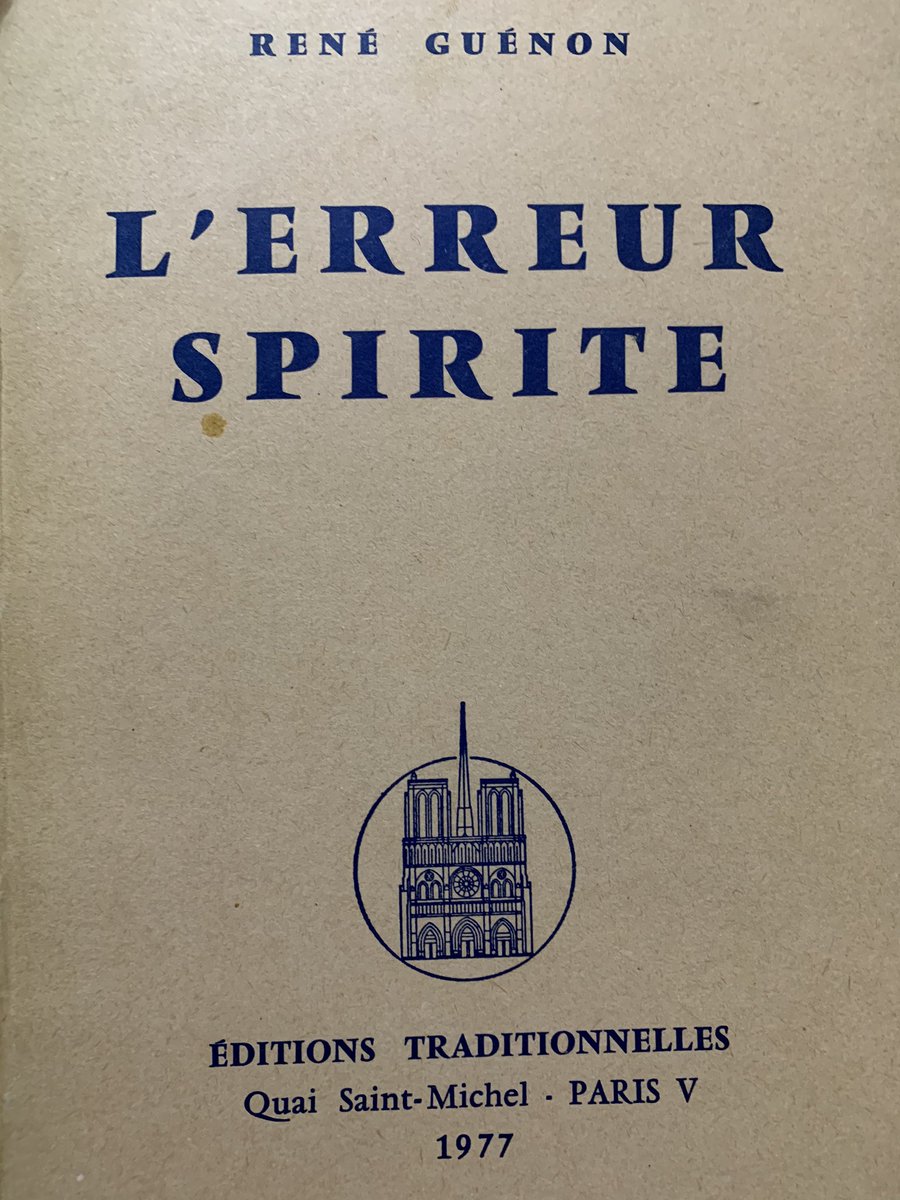

The third group were studies that established his conception of #sacredscience and #traditionalmetaphysics such as Orient et Occident 1924, Le roi du monde 1927, La crise du monde moderne 1927 classiques.uqac.ca/classiques/gue… 10/ 



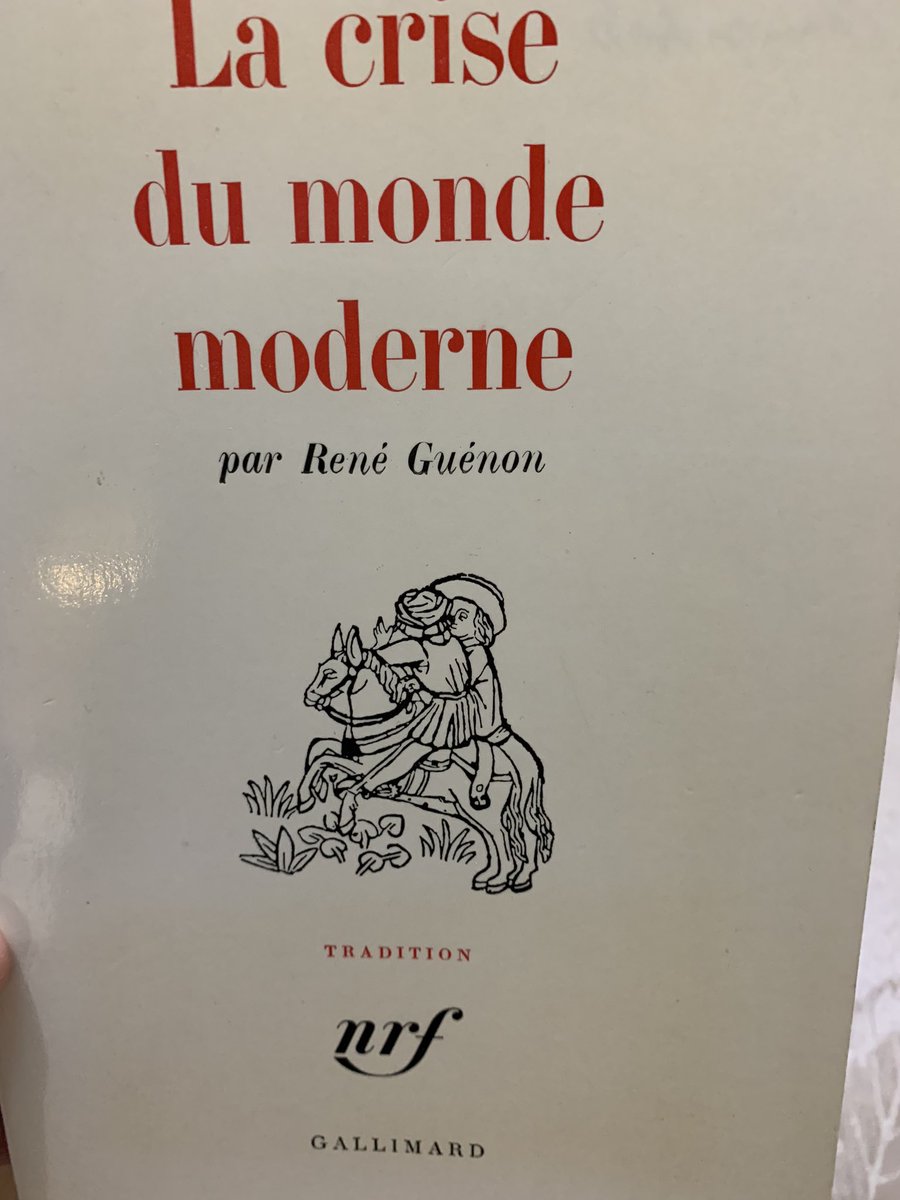
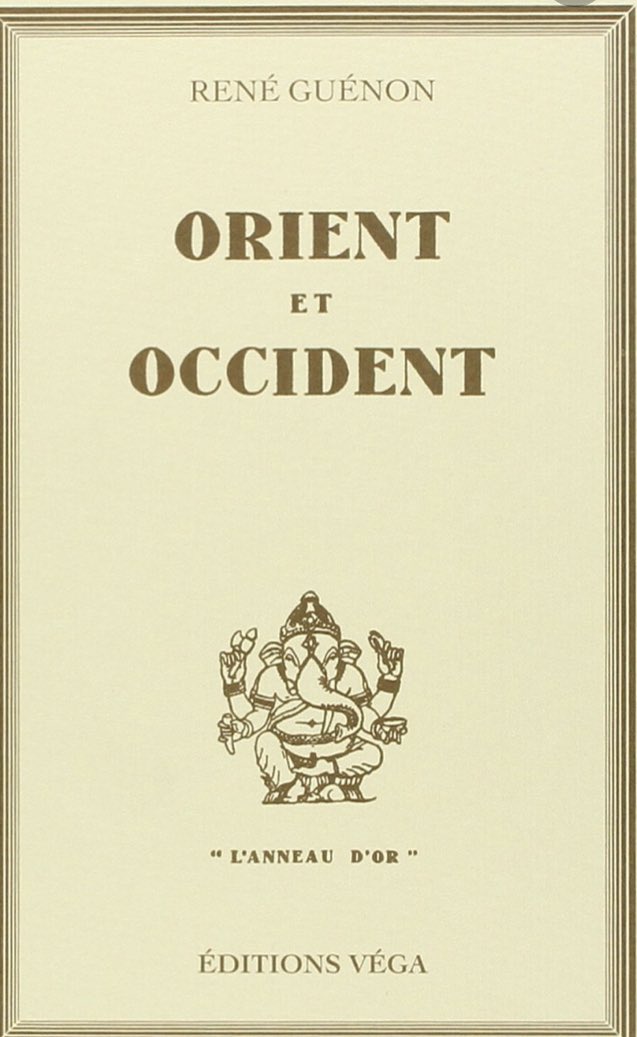
This interest continued with Authorité spirituelle 1929, Les états multiples de l’être 1932, Les principes de calcul infinitésimal 1946, and Le règne de quantité et signe des temps 1945 11/ 



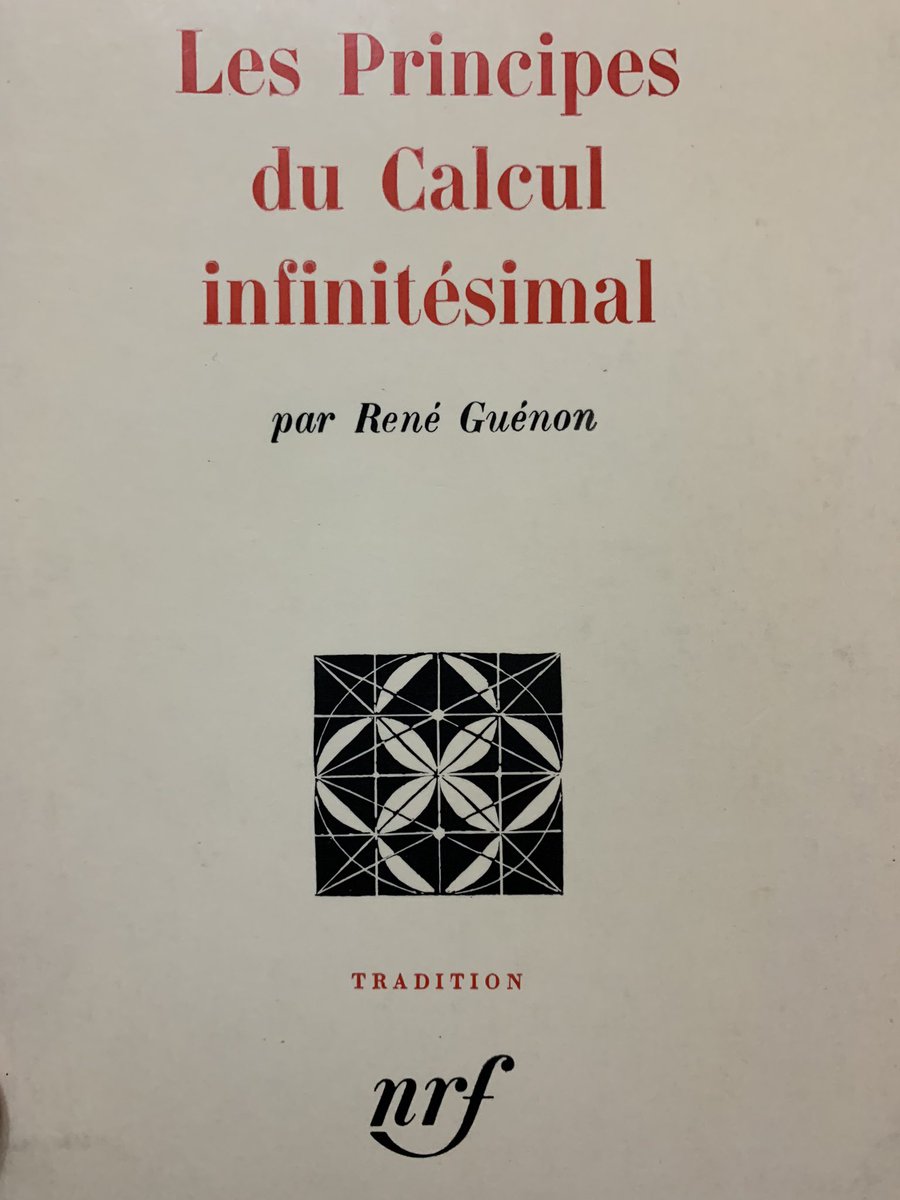
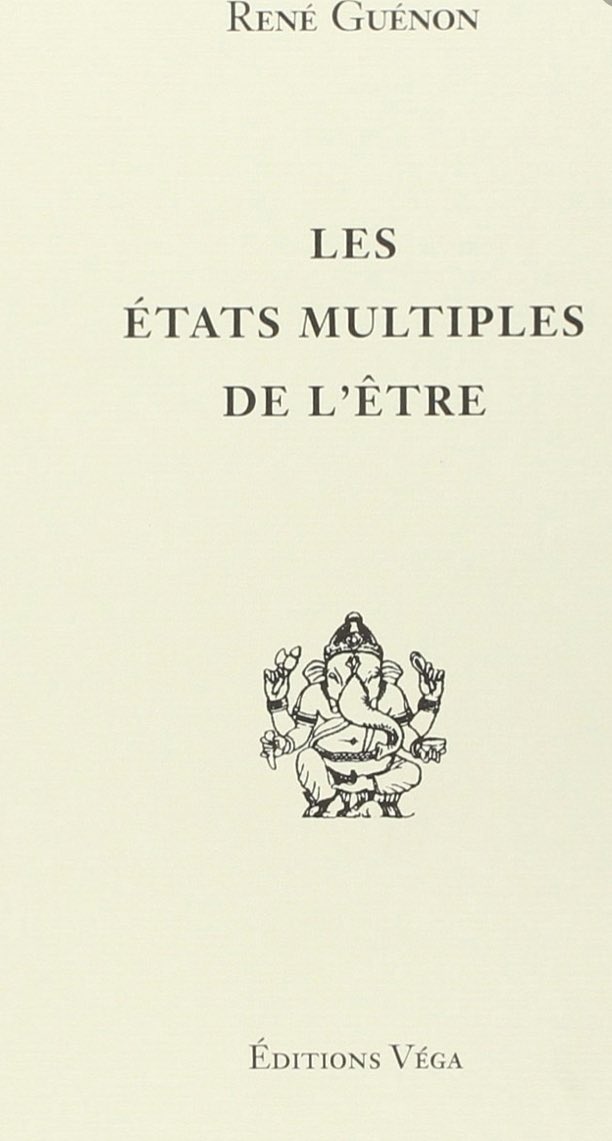
One of the elements of his exposition of #sacred science was his interest in its #symbolism starting with his early Symbolisme de La Croix 1931 and later a collection Symboles foundamentaux de science sacrée published posthumously 1965 12/ 



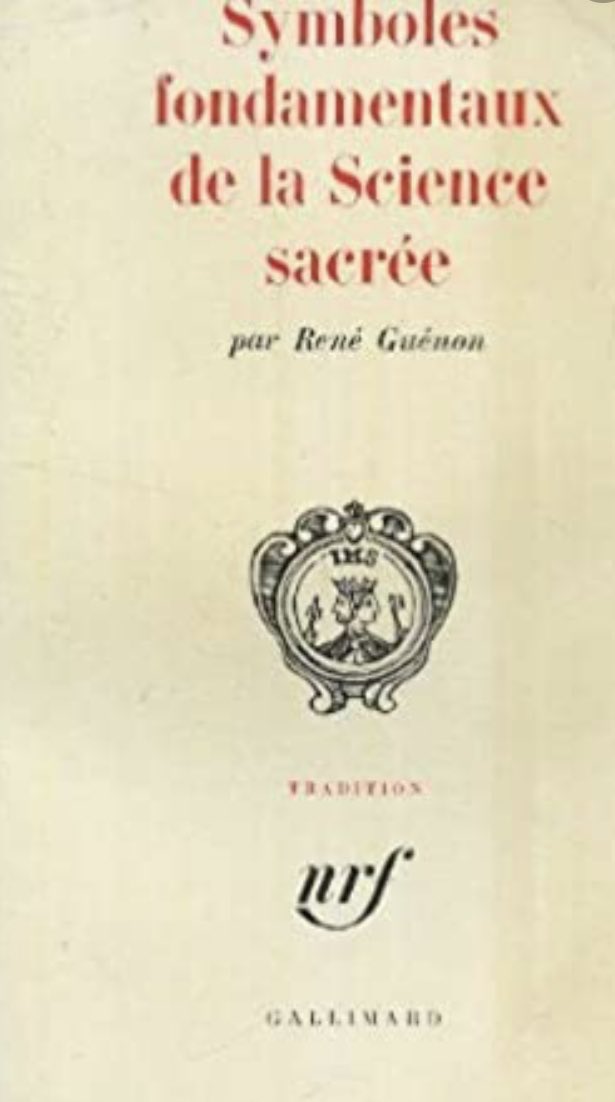

For some Guénon is defined by his #Sufism in #Egypt where he moved in 1930 although keeping a close connexion to #ÉtudesTraditionelles and he did write in Arabic also later - another thread 13/
Nevertheless #Sufism was an expression of his #traditionalism although he did not seem to share the #TranscendentUnityofReligions approach of one of his associates with whom he later he seems to have separated, #FrithjofSchuon nor the politics of others like #JuliusEvola 14/
• • •
Missing some Tweet in this thread? You can try to
force a refresh










